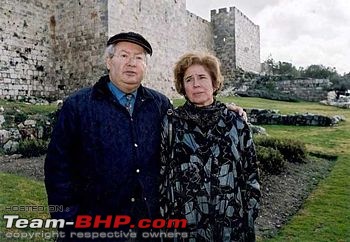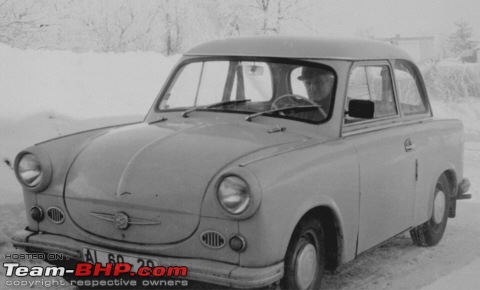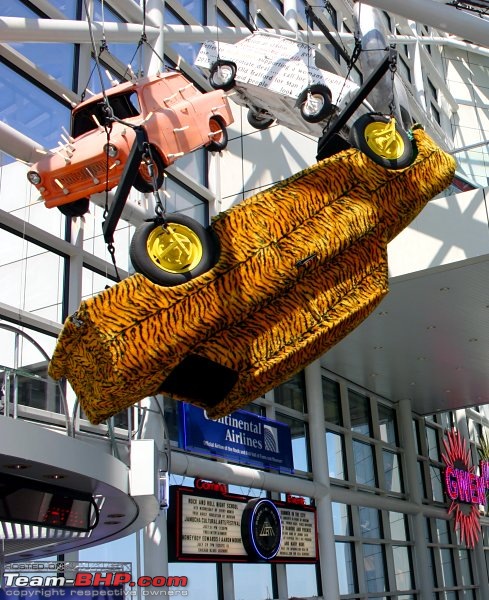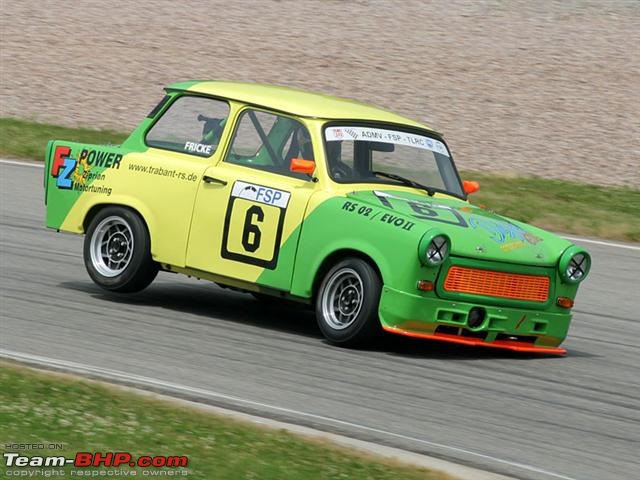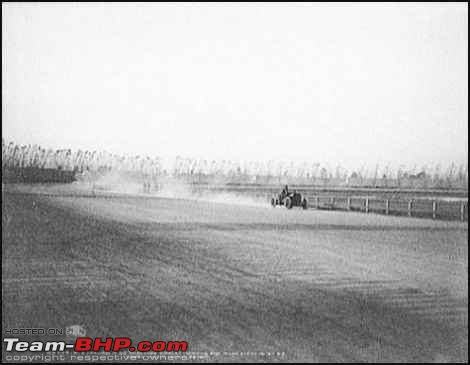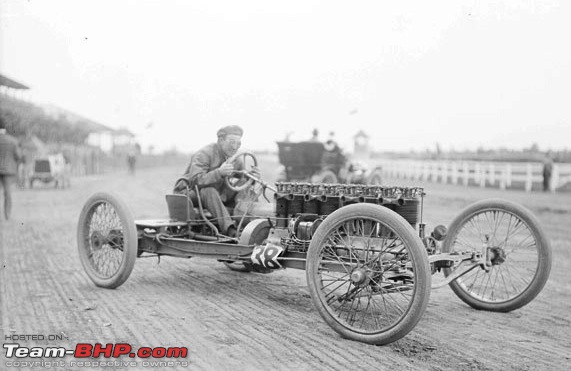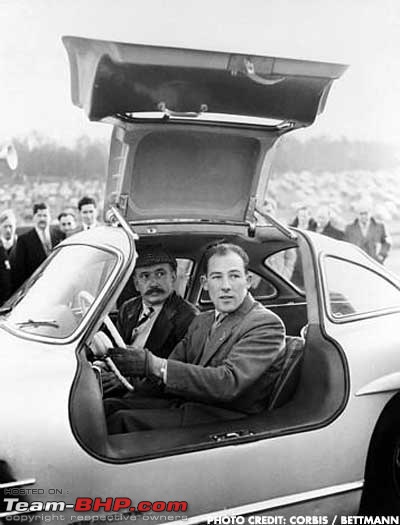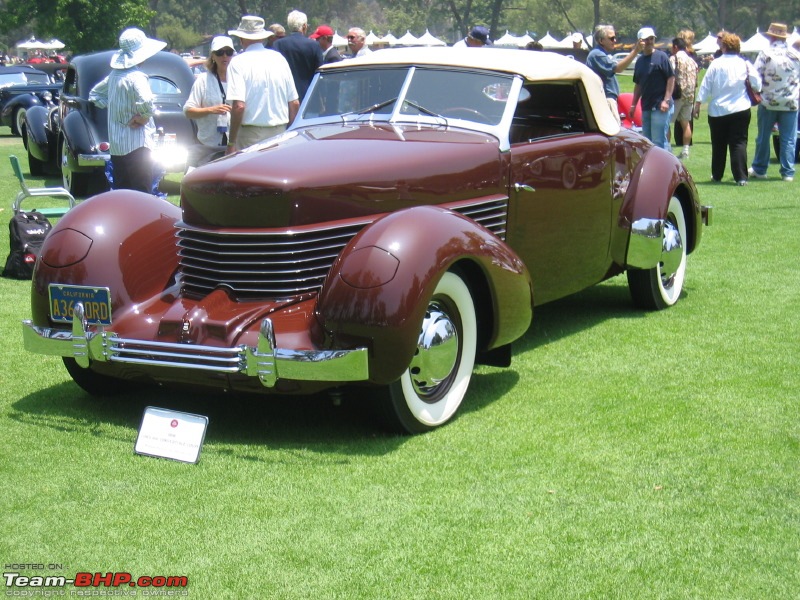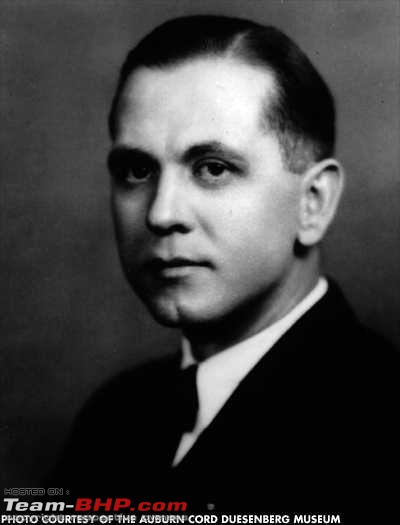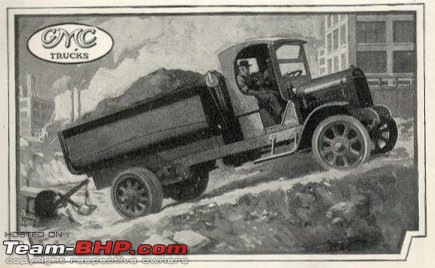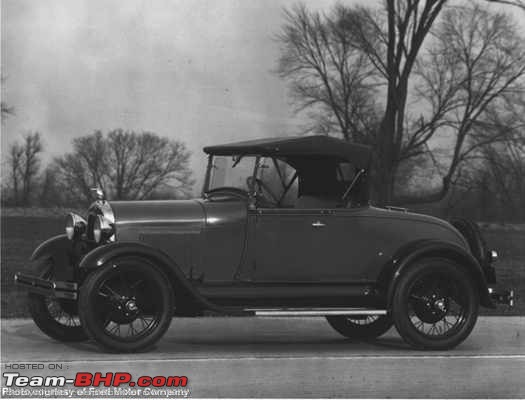| | #91 |
| Senior - BHPian Join Date: Sep 2006 Location: zxc
Posts: 3,393
Thanked: 726 Times
| |
| |
| |
| | #92 |
| Senior - BHPian Join Date: Sep 2006 Location: zxc
Posts: 3,393
Thanked: 726 Times
| |
| |
| | #93 |
| Senior - BHPian Join Date: Sep 2006 Location: zxc
Posts: 3,393
Thanked: 726 Times
| |
| |
| | #94 |
| Senior - BHPian Join Date: Sep 2006 Location: zxc
Posts: 3,393
Thanked: 726 Times
| |
| |
| | #95 |
| Senior - BHPian Join Date: Sep 2006 Location: zxc
Posts: 3,393
Thanked: 726 Times
| |
| |
| | #96 |
| Senior - BHPian Join Date: Sep 2006 Location: zxc
Posts: 3,393
Thanked: 726 Times
| |
| |
| | #97 |
| Senior - BHPian Join Date: Sep 2006 Location: zxc
Posts: 3,393
Thanked: 726 Times
| |
| |
| | #98 |
| Senior - BHPian Join Date: Sep 2006 Location: zxc
Posts: 3,393
Thanked: 726 Times
| |
| |
| | #99 |
| Senior - BHPian Join Date: Sep 2006 Location: zxc
Posts: 3,393
Thanked: 726 Times
| |
| |
| | #100 |
| Senior - BHPian Join Date: Sep 2006 Location: zxc
Posts: 3,393
Thanked: 726 Times
| |
| |
| | #101 |
| Senior - BHPian Join Date: Sep 2006 Location: zxc
Posts: 3,393
Thanked: 726 Times
| |
| |
| |
| | #102 |
| Senior - BHPian Join Date: Sep 2006 Location: zxc
Posts: 3,393
Thanked: 726 Times
| |
| |
| | #103 |
| Senior - BHPian Join Date: Sep 2006 Location: zxc
Posts: 3,393
Thanked: 726 Times
| |
| |
| | #104 |
| Senior - BHPian Join Date: Sep 2006 Location: zxc
Posts: 3,393
Thanked: 726 Times
| |
| |
| | #105 |
| Senior - BHPian Join Date: Sep 2006 Location: zxc
Posts: 3,393
Thanked: 726 Times
| |
| |
 |
Most Viewed



